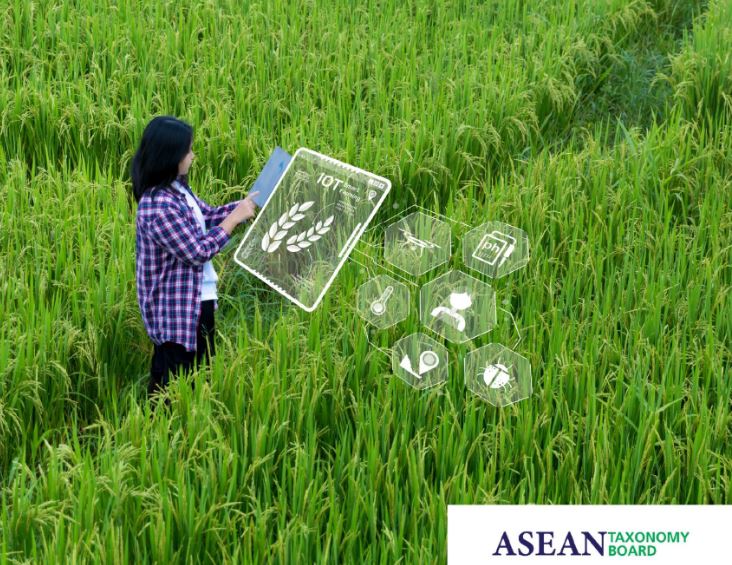Written by Jeremy Lutgen
19 February 2024

In a significant leap towards sustainability, the ASEAN region has unveiled Version 2 of its Taxonomy for Sustainable Finance. This latest iteration is a comprehensive framework designed to align and enhance sustainable finance practices across member states. Its introduction promises a more cohesive and effective approach to addressing both environmental and social challenges in the region. Below are the key features and goals of the ASEAN Taxonomy for Sustainable Finance Version 2:
1. Adaptive and Inclusive Strategy
This strategy is thoughtfully crafted to accommodate the varying developmental stages of ASEAN Member States. The approach is structured to facilitate step-by-step integration with global sustainable finance frameworks, making it both adaptive and inclusive.
2. Standardizing Sustainable Finance Language
A major stride in the taxonomy is the establishment of a unified sustainable finance language across ASEAN. This standardization streamlines communication and understanding, crucially aiding cross-border investments and financing in sustainable projects.
3. Layered Framework
The taxonomy introduces a layered structure to cater to different levels of engagement and readiness among member states. It ranges from the basic Foundation Framework to the more advanced Plus Standard, thus offering flexibility and scalability.
4. Environmental Goals Emphasis
Focusing on four key environmental goals — climate change mitigation and adaptation, preservation of ecosystems and biodiversity, and the transition to a circular economy — the taxonomy underscores its commitment to environmental stewardship.
5. Social Considerations
In recognition of the significant social dimension of sustainability, the taxonomy integrates critical aspects such as human rights, labor rights, and community impact into its assessments, ensuring a holistic approach to sustainability.
6. Detailed Activity Assessment (TSC)
Under its Plus Standard, the taxonomy employs detailed Technical Screening Criteria. These criteria are used to meticulously evaluate activities based on their contribution to the set environmental goals.
7. Global Standards Compatibility
While tailored for the ASEAN context, the taxonomy aligns with global standards, which enhances its global appeal and applicability. This alignment ensures that the practices are relevant and recognized worldwide.
8. Critical Sectors Identification
The taxonomy identifies key sectors that are pivotal to ASEAN's sustainable journey. These include, but are not limited to, energy, manufacturing, and transport. By focusing on these sectors, the taxonomy aims to steer investments towards areas with the greatest impact.
9. Ongoing Evolution
Recognizing the dynamic nature of sustainability, the taxonomy is committed to regular updates and expansions. This ensures that it remains relevant, effective, and attuned to the evolving sustainability landscape.
Conclusion
The ASEAN Taxonomy for Sustainable Finance Version 2 is a landmark development in the region’s pursuit of sustainable growth. By harmonizing practices, emphasizing both environmental and social aspects, and aligning with global standards, this framework is set to significantly advance sustainable finance within ASEAN and beyond. It marks a pivotal moment in the region's commitment to a sustainable future, promising enhanced cooperation, effectiveness, and progress in sustainability efforts.
